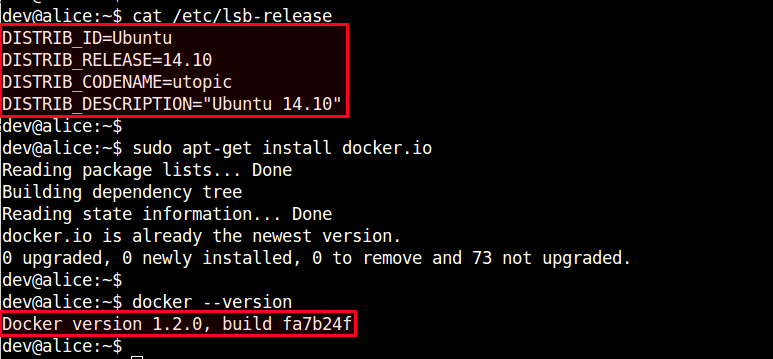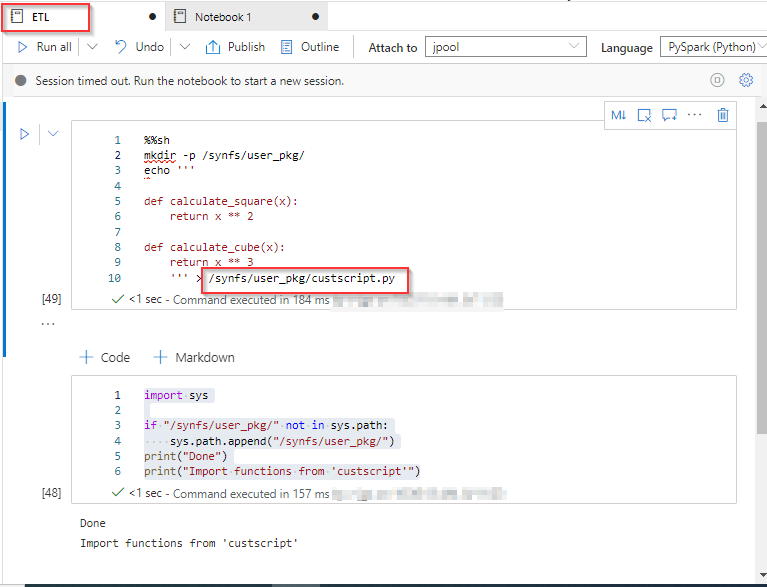unique_ptr 提供了一种独占所有权的智能指针,允许动态分配的对象在其生命周期结束时自动释放内存。这种特性在 C++11 中是非常有用的,因为它有助于避免内存泄漏和悬挂指针等常见问题,同时也提高了代码的安全性和可靠性。
我们重点从以下几个方面来学习 unique_ptr :
-
unique_ptr 使用
-
unique_ptr 特性
-
unique_ptr 自定义删除器
-
unique_ptr 使用 {#title-0}
我们可以使用 unique_ptr 类的构造函数创建智能指针对象,来管理由 new、new[] 创建出的动态对象。
#if 1
#include <iostream>
using namespace std;
class Person
{
public:
Person()
{
cout << "构造函数" << endl;
}
void Demo()
{
cout << "Person Demo" << endl;
}
~Person()
{
cout << "析构函数" << endl;
}
};
// 1. unique_ptr 创建方式
void test01()
{
// 1.1 管理单一动态对象
unique_ptr<Person> up1(new Person);
up1->Demo();
// 1.2 管理动态对象数组
unique_ptr<Person[]> up2(new Person[2]);
up2[0].Demo();
up2[1].Demo();
}
// 2. unique_ptr 操作函数
void test02()
{
unique_ptr<Person> up(new Person);
// 2.1 get 成员函数返回 unique_ptr 管理的动态对象指针
Person* person1 = up.get();
// 2.2 release 成员函数使 unique_ptr 不再持有动态对象指针(并不销毁管理的对象),并返回其管理的动态指针。
Person* person2 = up.release();
delete person2;
// 2.3 reset 成员函数有两个重载的版本,具体功能如下:
up.reset(); // 释放并销毁 unique_ptr 所管理的动态对象指针。
up.reset(new Person); // 释放并销毁原来的管理的动态对象,并重新持有新创建的动态对象
// 2.4 swap 成员函数交换两个 unique_ptr 对象管理的动态对象
unique_ptr<Person> sp(new Person);
up.swap(sp);
}
int main()
{
// test01();
test02();
return 0;
}
#endif
- unique_ptr 特性 {#title-1}
unique_ptr 特点:
- 同时只能有一个 unique_ptr 对象来持有动态对象资源
- unique_ptr 对象不支持默认拷贝、默认赋值语义
- unique_ptr 对象支持移动拷贝、移动赋值语义
由此,我们知道,unique_ptr 对象不能以值的方式用做函数参数 ,也不能存储到STL 的容器中(容器要求元素必须能够被拷贝)。
#if 0
#include <iostream>
#include <memory>
#include <vector>
using namespace std;
class Person
{
public:
Person()
{
cout << "构造函数" << endl;
}
~Person()
{
cout << "析构函数" << endl;
}
};
void test()
{
unique_ptr<Person> up1(new Person);
unique_ptr<Person> up2(new Person);
// 1. 禁止拷贝、赋值
// unique_ptr(const unique_ptr&) = delete;
// unique_ptr& operator=(const unique_ptr&) = delete;
// 2. 允许移动拷贝、赋值
unique_ptr<Person> up3(move(up1)); // 移动拷贝
up2 = move(up3); // 移动赋值
// 由此, unique_ptr 不允许作为容器元素
// vector<unique_ptr<Person>> vec;
// vec.push_back(up1);
}
int main()
{
test();
return 0;
}
#endif
- unique_ptr 自定义删除器 {#title-2}
unique_ptr 可用于管理 new 出来的动态对象,也可以管理其他需要手动关闭的资源。例如:文件对象。
由于 unique_ptr 默认使用 delete、delete[] 来释放被管理的资源。所以,当管理的对象不能通过 delete、delete[] 来释放时,就需要自定义删除器。
#if 1
#define _CRT_SECURE_NO_WARNINGS
#include <iostream>
#include <functional>
using namespace std;
class Person
{
public:
Person()
{
cout << "构造函数" << endl;
}
~Person()
{
cout << "析构函数" << endl;
}
};
struct Deleter
{
void operator()(FILE* fp)
{
cout << "文件被自动关闭" << endl;
if (fp != nullptr)
{
fclose(fp);
fp = nullptr;
}
}
};
void my_deleter(FILE* fp)
{
cout << "文件被自动关闭" << endl;
if (fp != nullptr)
{
fclose(fp);
fp = nullptr;
}
}
void test()
{
// 1. 函数对象作为删除器
// unique_ptr<FILE, Deleter> up(fopen("./demo.txt", "w"), Deleter());
// unique_ptr<FILE, function<void(FILE*)>> up(fopen("./demo.txt", "w"), Deleter());
// 2. 普通函数作为删除器
// unique_ptr<FILE, decltype(&my_deleter)> up(fopen("./demo.txt", "w"), my_deleter);
// unique_ptr<FILE, void(*)(FILE *)> up(fopen("./demo.txt", "w"), my_deleter);
// unique_ptr<FILE, function<void(FILE*)>> up(fopen("./demo.txt", "w"), my_deleter);
// 3. 匿名函数作为删除器
unique_ptr<FILE, function<void(FILE *)>> up(fopen("./demo.txt", "w"), [](FILE *fp) {
cout << "文件被自动关闭" << endl;
if (fp != nullptr)
{
fclose(fp);
fp = nullptr;
}
});
if (!up)
{
cout << "文件打开失败" << endl;
return;
}
fputs("hello world\n", up.get());
}
int main()
{
test();
return 0;
}
#endif
 51工具盒子
51工具盒子




